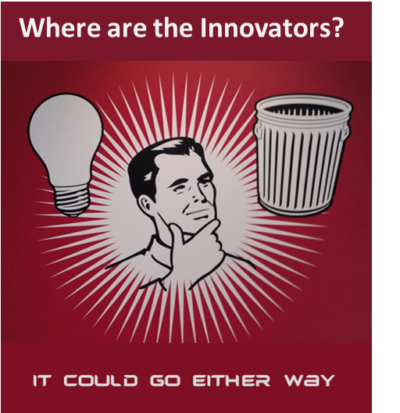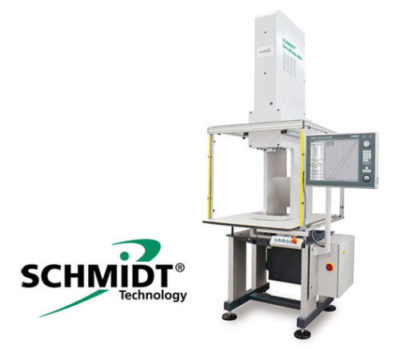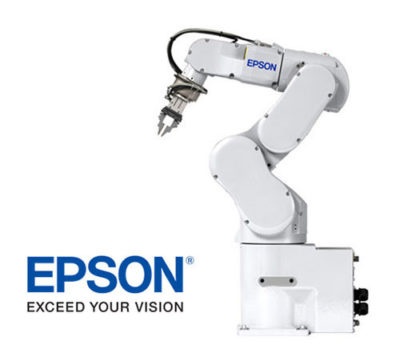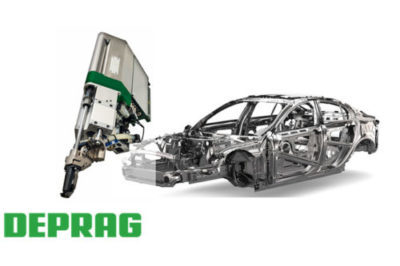
Closed Loop Force Control in Manufacturing

There are many processes in manufacturing where force applied is a significant or primary element in the process. The sensor technologies and methods of measuring force have improved significantly in recent years. For the most part, the first form of force measurement integration into processes came as a method of monitoring . The benefit of this monitoring was realized in that the quality of the resulting product could be verified by measuring the process forces used to produce it. As the technology evolved, the ability to relate other process sensors to the force measurement was possible and two dimensional process relationship graphs gave a visualization of the process. These graphs represent multi-parameter processes and used graphing “tools” for defining process acceptability. This capability has been known as “Process Monitoring” or “Signature Analysis”.
If you apply this capability to a simple application such as squeezing and measuring force of a bicycle hand brake and relating it to speed, the result is a graph of how fast the bike stops based on the squeezing of the brake. The judgement “Control” of applying the brake is the person on the bike. If the judgement by the cyclist is wrong you end up with a graph of a bike running into the stop sign.
So is it possible to automate the brake squeezing and integrate it with speed and distance sensors such that the bike goes as fast as possible but stops before it hits the stop sign. The answer is Yes, but we are leaving the realm of monitoring and entering the realm of controlling with the use of sensors, high speed “real time” processing and algorithmic data. We call this Closed-Loop Force Control.
Today in our Tech. Center in Brighton MI. we have some of the latest technologies including sensor technology and several examples of processes where Closed Loop Force Controlling is being used to make Force processes more intelligent.
As manufacturing evolves and moves through Industry 4.0; adaptive and closed loop intelligent processes are necessary for machine learning and they are appearing everywhere. Consider the application examples below and consider how Closed Loop Force Control can be used to make your products and processes more intelligent.
Assembly Press with Servo Closed-Loop Force Control

Assembly presses have been used in manufacturing for many decades. Most often an assembly press was configured to apply force defined by hand, air, hydraulics or motors then stop and return based on either time or end of stroke/position. This method has made it difficult to assemble certain critical parts where the sub-components have excessive tolerance when stacked together. Excessive tolerance stack up can interfere with the ability to meet critical specifications based on a force target or final press position. A closed-loop force control process allows you to move the press and “see” the forces in real time so you can find the start of the press process using a touch force even when the stack up range is large. Once the start of the process is found, it’s possible to use that information to adjust the process parameters so you end up meeting a specification. It can also be used to stop the process precisely at a programmed force, on a change of force over distance, if a min/max force limit is broken or in the event a part is not positioned correctly. SCHMIDT’s servo presses can be found all over the world in manufacturing and they are, without question, the best tools for critical assembly pressing. For more information and technical information contact SCHMIDT Servo presses.
Robot Force Guidance with Closed-Loop Force Control

The traditional way to teach a robot program has been done the same way for years; points are taught then the robot runs through its program where it moves through the taught points. In recent years Vision guidance has become popular where, rather than teaching points, a vision system tells the robot the coordinate positions based on where the object is. The obvious benefit is the automation can accommodate parts which are not in the same place all of the time. This similar approach of using an external device to guide the robot to its desired position is also done using closed-loop force sensing. A robot with force guidance is used in one of two ways. It’s either configured to move and maintain a specific force like maintaining a pressure while holding an object against a polishing wheel, or its configured to motion “hunt” and follow a path of lower force like inserting very tight clearance assembled components. EPSON is leading the way in advanced robotics applications where force guidance is needed. For more information and technical information contact EPSON Force Guidance.
Adaptive Screw Driving with Servo Closed-Loop Force Control

Flow Fasteners (also know as FDS– Flow Drill Screws and FFS– Flow Form Screws) are the latest fastening technology used to assemble structures of dissimilar materials like aluminum and other lightweight, high-strength materials. The DEPRAG ADFS unit is the most advanced installation driving system and the only one which uses adaptive closed-loop force control as a part of its process. The driving process senses force in “real-time” and adjusts its process parameters based on the data. The result is optimized cycle times, more generous accommodation of incoming variations, a joint with fewer gaps between laminations, and a better exit extrusion funnel, which increases joint strength. For more specific and technical information, search for DEPRAG ADFS.
